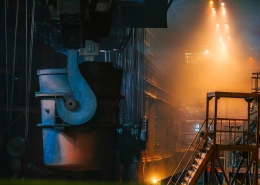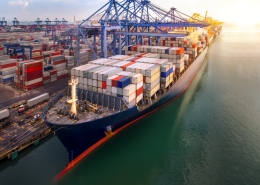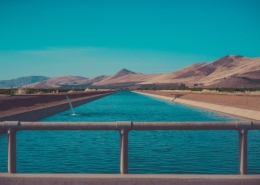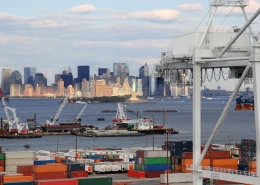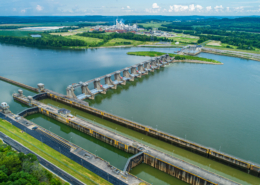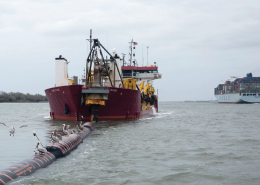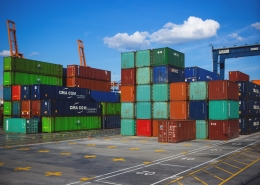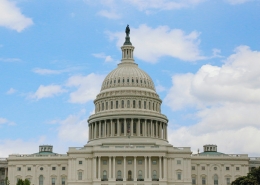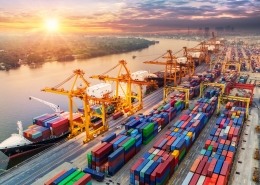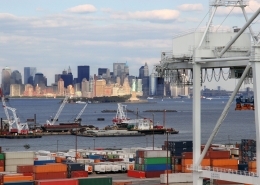How will tomorrow’s leaders solve for our most pressing transportation problems? According to my son’s third grade class, it will be with visionary solutions that are safe, cost effective and move people seamlessly, without congestion.
With a tesseract and wormholes!
You might be scratching your head if you’re not a Marvel fan – think unlimited energy and the ability to open portals to travel around the galaxy.
On my train into the office the other day, I started to think about how maybe the infamous tesseract and wormholes already exist – sort of. An internet portal keeps people and workers connected 24/7. Transportation portals (transit, roads, bridges) built 50, 60 and even 100 years ago provide critical connections to millions of people. While not a short-cut through space, the Chicago Transit Authority’s Blue Line transports people nearly four stories below street level, under the Old Post Office and the Chicago River through a tunnel.
So, if not wormholes and tesseracts, what is the future of transportation?
It’s where our 8.6 million residents across metro Chicagoland have multiple transportation options to meet their needs; reliable and affordable transit for the 70% of workers whose jobs can’t be done from home.
A future where all residents can breathe easy and we aren’t ranked among the most polluted cities in the U.S. because we have a clean transportation system through reduction and eventual elimination of greenhouse gas emissions.
And a future where all travel modes (roads, sidewalks, transit) are safe and accessible for everyone.
The good news is that our region has a strong team of superheroes planning for this future NOW (without the flashy outfits). At CMAP, the Chicago region’s metropolitan planning organization, we research, analyze, model and make projections. We collaborate and convene and engage on issues where no consensus agenda presently exists. We influence and advance sound policy.
And with our partners in government, businesses, community organizations and others, we are even stronger.
Thanks to partnerships with Argonne and Oak Ridge national laboratories and an initiative with ComEd and the Respiratory Health Association and federal support, we are supercharging our regional climate action planning efforts.
And we are advancing big, bold solutions necessary to transform our transit system as it faces its biggest structural funding challenge due to changes in travel post-Covid.
We are bringing greater equity and inclusiveness into regional planning by stronger engagement with communities that have traditionally been excluded from the planning process, through our new Community Alliance for Regional Equity.
We are taking steps to improve compliance with the Americans with Disabilities Act, through CMAP’s accessibility training program which includes workshops, materials, videos, and more.
And we are addressing the rise in traffic deaths, particularly among pedestrians and bicyclists, through a regional traffic safety framework and countywide safety action plans.
This year, we will embark on the regional transportation planning process to develop a new, shared long-range vision for our future – together.
Afterall, our 9-year-olds deserve a future that meets their wildest dreams.

